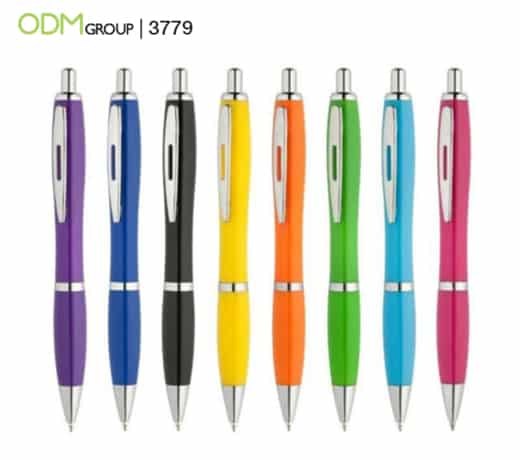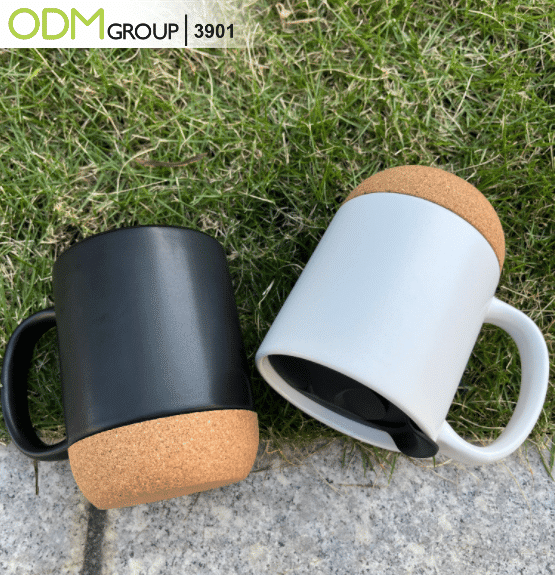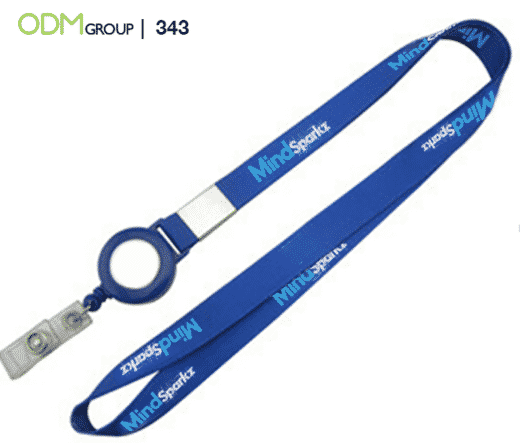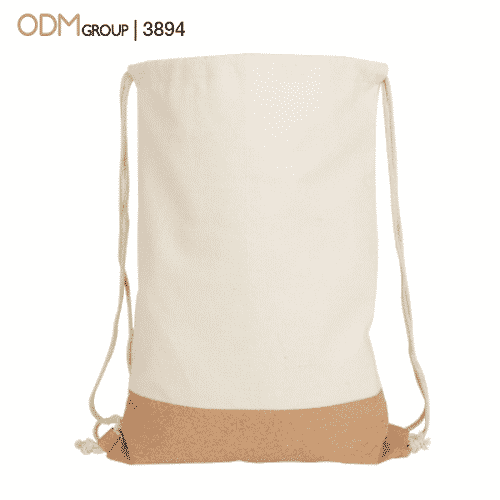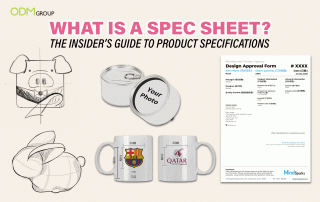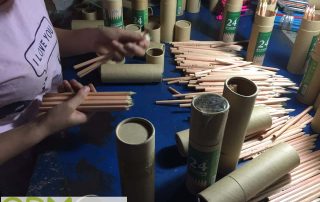You’ve got an idea for a new product, a great marketing plan and a list of potential clients. But may still be missing an element of a successful business plan: the manufacturing lead time.
Lead time is the amount of time it takes for your product to go from start to finish, even before it leaves the factory building. Understanding this process is crucial to your success in business, as delays can cost you money and precious time.
The Basics of Manufacturing Lead Time
Knowing your production lead time makes it easier to develop effective strategies for increasing business efficiency for cost reduction and customer retention. It will allow you to prepare for potential future challenges.
To help you, this blog will detail everything you should know about manufacturing lead time, plus some tips on which products you should choose if you have a tight deadline!
What Are the Factors that Can Affect Lead Time?
1. Lead Time Variability
Lead times vary by item, by manufacturer and even by season. So it’s hard to predict when you’ll receive all the inventory items you need. This makes it hard to coordinate production. If you’re looking to buy a custom-made product, then you will want to find out exactly how long it takes from the time you place the order until it arrives at your doorstep.
One way of getting around this issue is by consolidating suppliers, so everything required for production arrives simultaneously. This can also reduce shipping costs and make production scheduling much more accessible.
2. Stock Shortage
Stockouts are a real challenge for manufacturers. Without the necessary parts and inventory, you can’t produce goods, which means lost revenue, lost time, and dissatisfied customers. This causes bottlenecks in your production line and lost revenues.
When inventory stock is missing or has run out and cannot be restocked, the company will have to depend on other companies to deliver the parts it needs to continue producing goods. This leads to longer lead times and upset customers. If the customer can’t find what they need elsewhere, they may take their business elsewhere.
3. Shipping Delays
Shipping delays can be unpredictable and difficult to mitigate. Some of the most common causes of shipping delays include shortages of raw material, natural disasters, and human error.
One of the most prominent reasons for shipment delays in the past two years is the COVID-19 outbreak which affected a lot of business operations and transactions.
In the early stage of the pandemic, in February 2020, over 25,000 commercial flights to and from China are suspended to contain the spread and health concerns for workers.
On the other side, you can reduce the risk of shipping delays by working with a supplier who keeps inventory stock on hand while continually monitoring usage or by sourcing suppliers close to your business. The fewer incoming shipments you have, the lower the risk of order fulfilment delays.
4. Unnecessary Processes
If you produce every component in a finished assembly, each order will take longer to complete, which will lower your output and return on investment. You can streamline production by outsourcing subassembly tasks to save on production hours. By doing so, the products will be produced faster, the lead time will decrease, and you will satisfy customers more.
5. Inefficient Inventory Control
Poor inventory control can lead to poor on-time delivery, which, in turn, can cause poor customer relations. Maintaining a healthy inventory is necessary to keep the supply of parts flowing smoothly and the parts stocked at an optimum quantity while ensuring excess stock is kept to a minimum.
If a business is not careful, it can become saddled with an abundance of parts that have no monetary or practical value.
How to Reduce the Lead Time?
Reducing lead time is one of the most effective ways to improve the speed of your manufacturing process. The following are some tips that can help you get started:
-
Ensure effective supply chain management.
Supply chain management is a process where an organization ensures a smooth flow of goods and services, starting with suppliers, moving through various distribution levels, and finally reaching the end customer.
By developing effective supply chain management, your business can easily improve its efficiency and reduce overall lead-time.
-
Plan ahead of time.
The main thing you can do to reduce lead time is plan ahead and communicate with your manufacturer. Make sure you know exactly when your product will be ready so you can plan your shipping schedule accordingly. If you’re working in partnership with a manufacturer, make sure you’re clear on expectations, including the details of what’s required for shipping and handling.
It is also crucial to track holidays and celebrations that are essential in plotting your marketing strategies to promote your brand or products at a particular event effectively.
-
Know what to order when.
Know what you need from a manufacturer before you start talking to them. You’ll save time if you can accurately estimate how much inventory you’ll need, how long it’ll take for that inventory to be delivered, and how many units of each item will be in stock.
Sourcing promotional products from Asian countries is not an easy task, making it critical to keep your team posted with these special dates, as they can affect your business transactions and may cause complications.
-
When acquiring a factory, consider vendor relations and quality control issues.
Vendor relationships are vital for ensuring smooth production at your factory, but they’re also important in marketing — showing off your factory results in press releases will surely improve the company image. And quality control problems can cause delays, so it’s best to ensure that potential factories have a solid track record before finalizing orders.
Finding the best manufacturer is usually the tricky part when thinking about sourcing items from China. Not to mention the language barriers, importing and exporting laws, so you’ll definitely need a middle man — a buying agent in China.
-
Consider promotional goods with a fast turnaround time.
Manufacturing lead times are critical when dealing with large quantities of orders. They can also play a vital role in your customer experience, especially regarding delivery dates and shipping times.
A fast lead time for manufacturing your products means that you’ll be able to ship the goods to your customers faster than the competition. You’ll also be able to market and sell those products quicker, which will increase the amount of money you’re able to make on each sale.
On top of that, this can also be ideal for companies and businesses who are in a hurry and need custom promotional products at the last minute.
Which Promotional Products Have a Short Turnaround Time?
Are you on a tight deadline? Do you need last-minute swag to complete your promotional event? These products are customized via pad printing, screen-printing or sublimation, which do not require long production times.
Why Is It Important to Reduce the Lead Time?
It improves customer service levels. A shorter lead time enables companies to fulfil orders faster, which helps reduce stockouts and improve on-time delivery rates, which in turn adds to customer satisfaction and loyalty.
It reduces inventory costs. Shorter lead times enable companies to hold less inventory because they need to carry less safety stock. Less inventory means less capital tied up in components and finished products. This frees up funds that may be used for other purposes, such as shortening other supply chains or investing in new product development projects.
This is also one way of ensuring that you are maximising your marketing budget.
What Do We Prefer?
The length of your manufacturing lead time depends on several factors, including the complexity of your design, how many units you’re making and the type of product you’re making.
Our team here at ODM actually prefers longer lead times as it allows us to have better customisation of the custom branded merchandise that we produce. We believe that the better the customisation is, the better products that you can get for your marketing campaign and promotions. This is also applicable especially when you are opting for complicated or high-end products.
This is why we also advise our clients to plan ahead of time and place their orders early to have more time in designing and personalising their branded merchandise.
To learn more about the duration of the production process in China, make sure to check out this blog! It will allow you to prepare for potential future challenges when manufacturing promotional products from the country.
Our Takeaways,
What are our takeaways when it comes to manufacturing lead time?
1. The first step is to understand your customers’ needs or what are your goals in producing your branded goods.
2. Once you have a general understanding of these things, it’s time to go through the traditional product development steps.
3. The last and most important step is understanding your manufacturing capabilities and limitations.
Why Choose ODM?
Here at ODM, we thrive on finding exciting and unique branded products that will help your brand stand out from the crowd. We understand that your brand is what you are known for, which is why we focus on improving your image by building on your strengths. It is the reason why we go above and beyond for our clients.
Our services extend from idea conceptualisation through manufacturing until delivery – together with our talented team of in-house product designers, Mindsparkz, we can help you achieve the perfect branding tool for your business!
Have a look at some of our case studies below:
